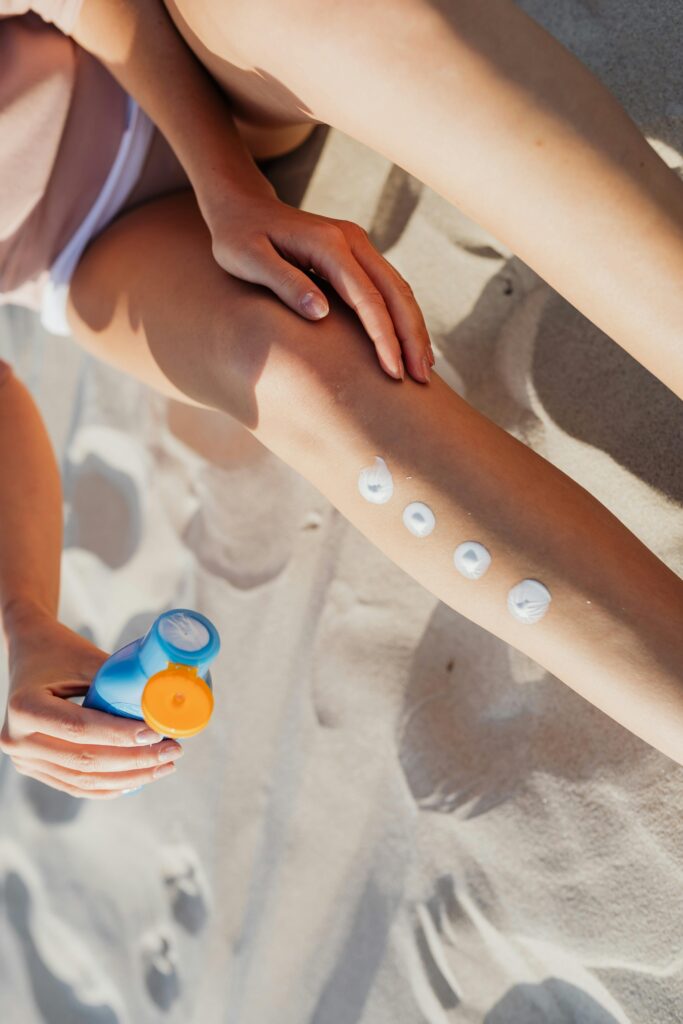Busting the Biggest Acne Myths: Separating Fact from Fiction

Acne – the bane of many teenagers and adults alike. It’s a common skin condition that can be frustrating to deal with, especially when surrounded by myths and misinformation. In this blog post, we’re going to debunk some of the most prevalent acne myths and set the record straight on what really causes and exacerbates acne.
Myth #1: Chocolate Causes Acne
One of the most enduring myths about acne is the belief that eating chocolate can cause breakouts. Many people steer clear of their favorite sweet treat in fear of waking up with a new pimple the next day. But fear not, chocolate lovers! Research has shown that there is no direct link between chocolate consumption and acne development. In fact, studies have failed to establish a definitive connection between the two. Instead, factors like hormones, genetics, and skincare habits play a much larger role in the development of acne.
Myth #2: Washing Your Face Frequently Will Clear Up Acne
It’s a common misconception that washing your face multiple times a day will help clear up acne. However, over-washing can actually strip the skin of its natural oils, leading to increased oil production and potential breakouts. The key to managing acne through skincare is finding a gentle cleanser and moisturizer that work for your skin type. Opt for products that are non-comedogenic and avoid harsh ingredients that can irritate the skin.
Myth #3: Only Teenagers Get Acne
Acne is often associated with the tumultuous teenage years, but the truth is, acne can affect individuals of all ages. Adult-onset acne is a common occurrence, with many adults experiencing breakouts well into their 30s and beyond. Hormonal changes, stress, and environmental factors can all contribute to acne development in adulthood. It’s important to understand that acne is not just a teenage problem and seeking professional treatment can help manage breakouts effectively.
Myth #4: Sun Exposure Can Cure Acne
There’s a common belief that soaking up the sun can help clear up acne and improve the skin. While it’s true that sun exposure can temporarily dry out acne lesions and give the appearance of clearer skin, the long-term effects of sun damage can worsen acne in the long run. UV rays can cause inflammation, premature aging, and increase the risk of skin cancer. Instead, opt for non-comedogenic sunscreen and protective clothing to shield your skin from the harmful effects of the sun while managing acne.
Myth #5: Squeezing Pimples is an Effective Way to Get Rid of Acne
We’ve all been there – staring at a stubborn pimple in the mirror, tempted to give it a good squeeze. However, popping pimples can do more harm than good. Squeezing can push bacteria deeper into the skin, leading to inflammation, infection, and scarring. Instead, treat acne lesions with topical treatments containing benzoyl peroxide or salicylic acid. These ingredients can help dry out pimples and reduce inflammation without the risk of scarring.
Myth #6: Eating Greasy Foods Causes Acne
One of the most common myths about acne is that eating greasy or fatty foods can cause breakouts. However, scientific research has debunked this misconception. While a poor diet high in processed and unhealthy foods can contribute to overall skin health, there is no direct link between consuming greasy foods and developing acne.
Conclusion
Don’t let common acne myths dictate your skincare routine. By separating fact from fiction and understanding the true causes and treatments for acne, you can take control of your skin health and achieve a clearer complexion. Remember, it’s always best to consult with a dermatologist for personalized skincare recommendations and treatment options tailored to your specific needs.






